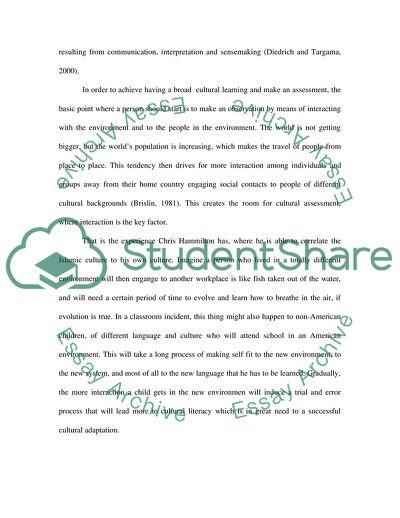Cite this document
(Significant Impact of Cross Cultural Studies Coursework, n.d.)
Significant Impact of Cross Cultural Studies Coursework. https://studentshare.org/education/1706126-the-classroom-melting-pot-critical-incidents
Significant Impact of Cross Cultural Studies Coursework. https://studentshare.org/education/1706126-the-classroom-melting-pot-critical-incidents
(Significant Impact of Cross Cultural Studies Coursework)
Significant Impact of Cross Cultural Studies Coursework. https://studentshare.org/education/1706126-the-classroom-melting-pot-critical-incidents.
Significant Impact of Cross Cultural Studies Coursework. https://studentshare.org/education/1706126-the-classroom-melting-pot-critical-incidents.
“Significant Impact of Cross Cultural Studies Coursework”. https://studentshare.org/education/1706126-the-classroom-melting-pot-critical-incidents.


